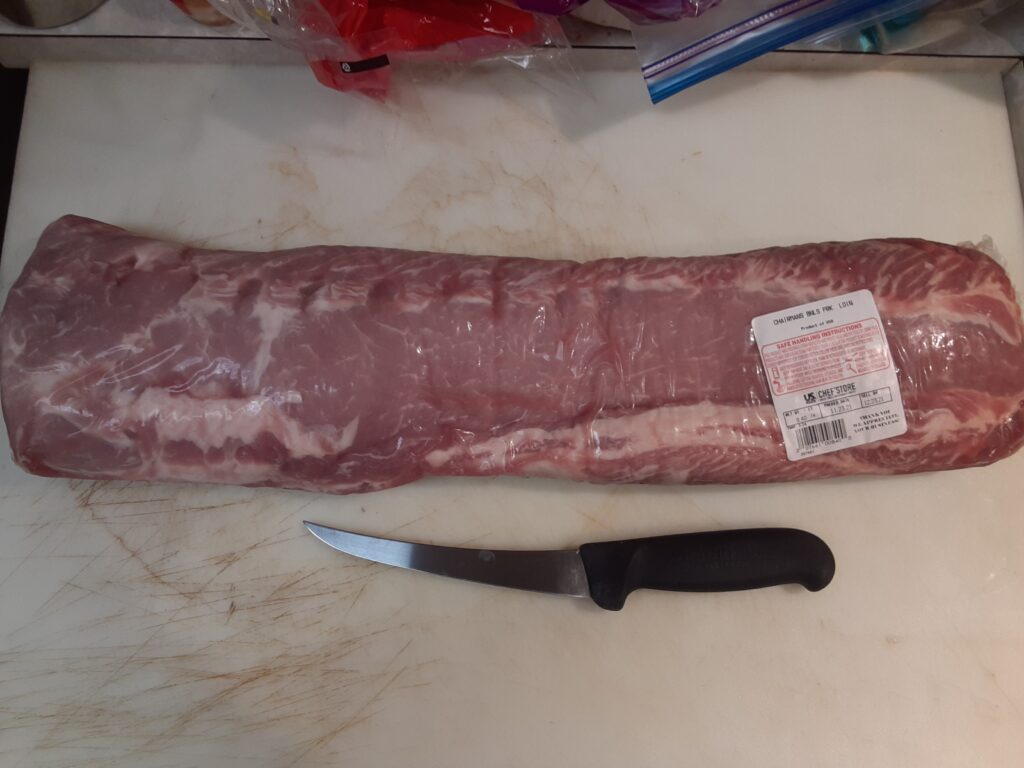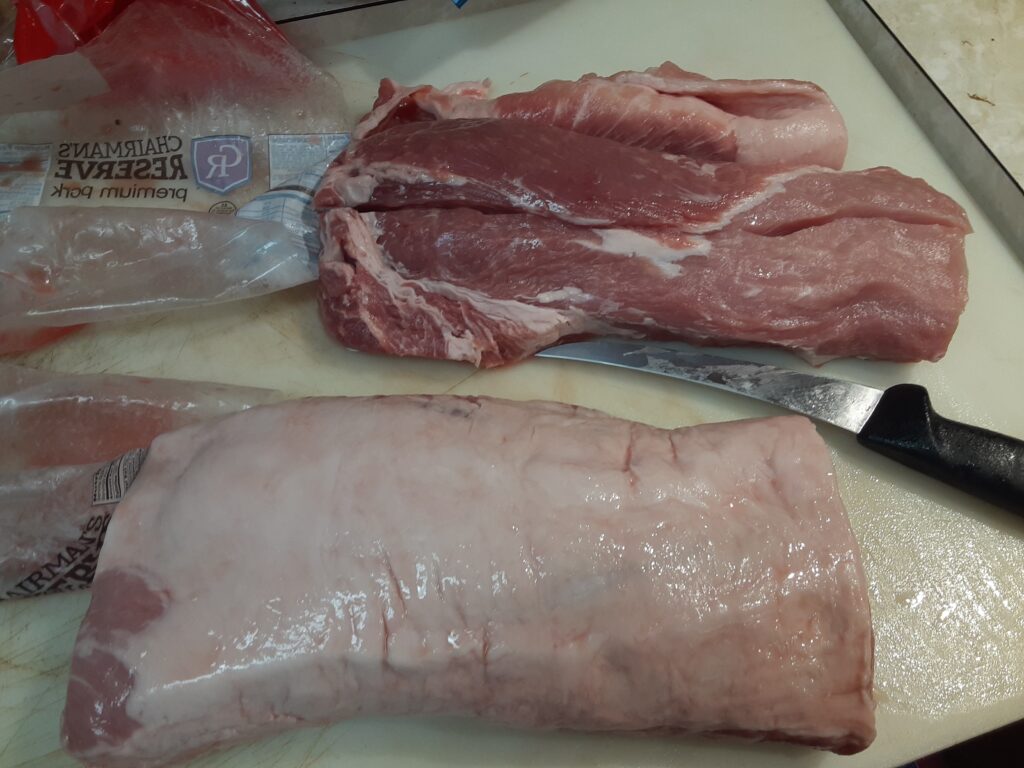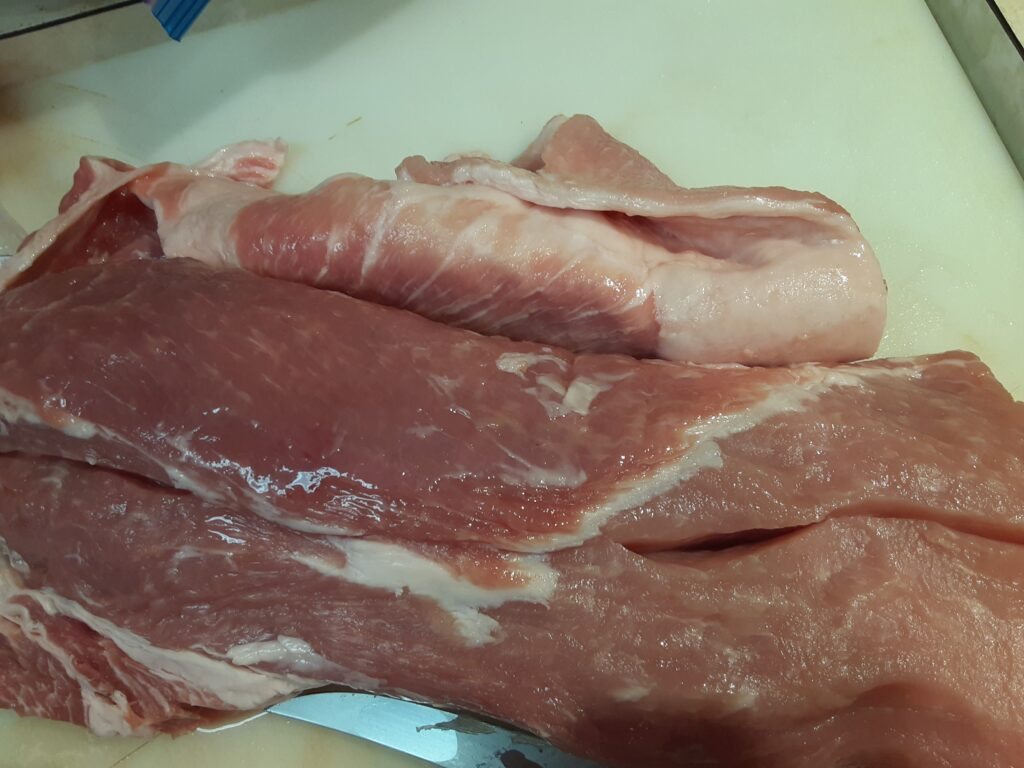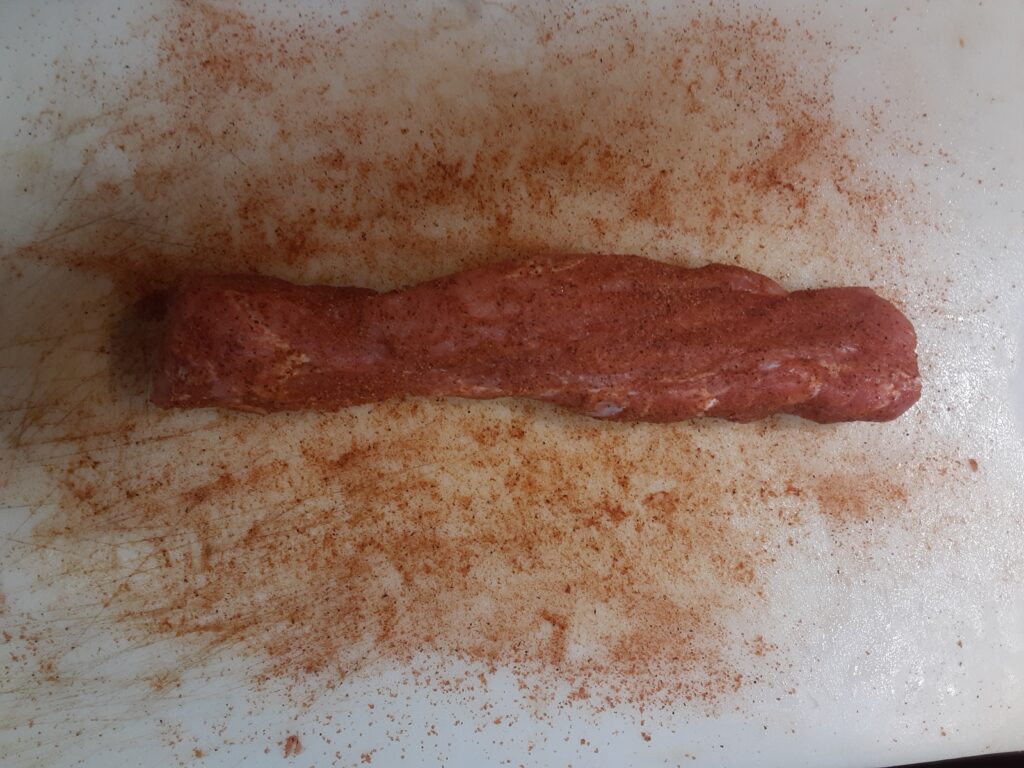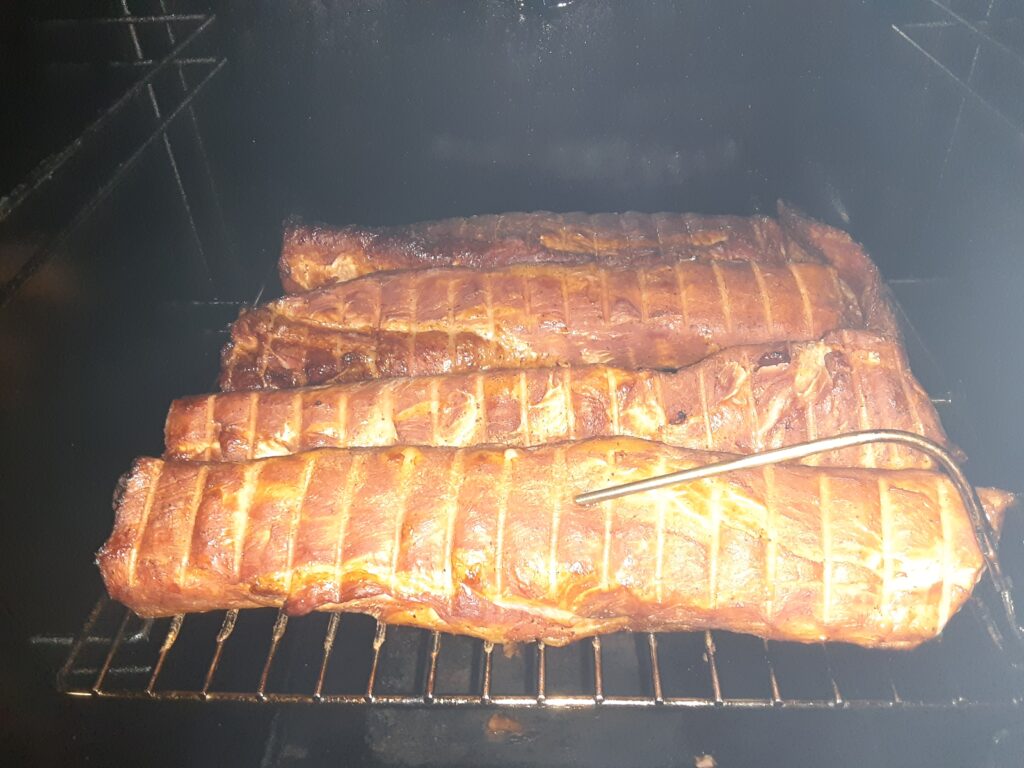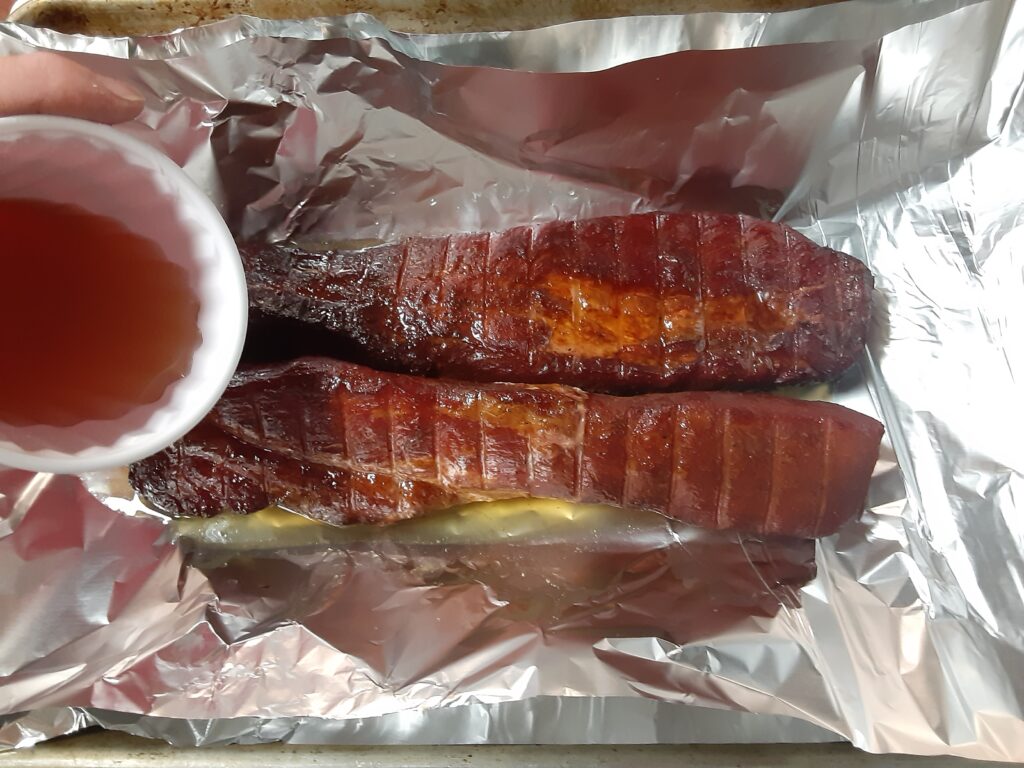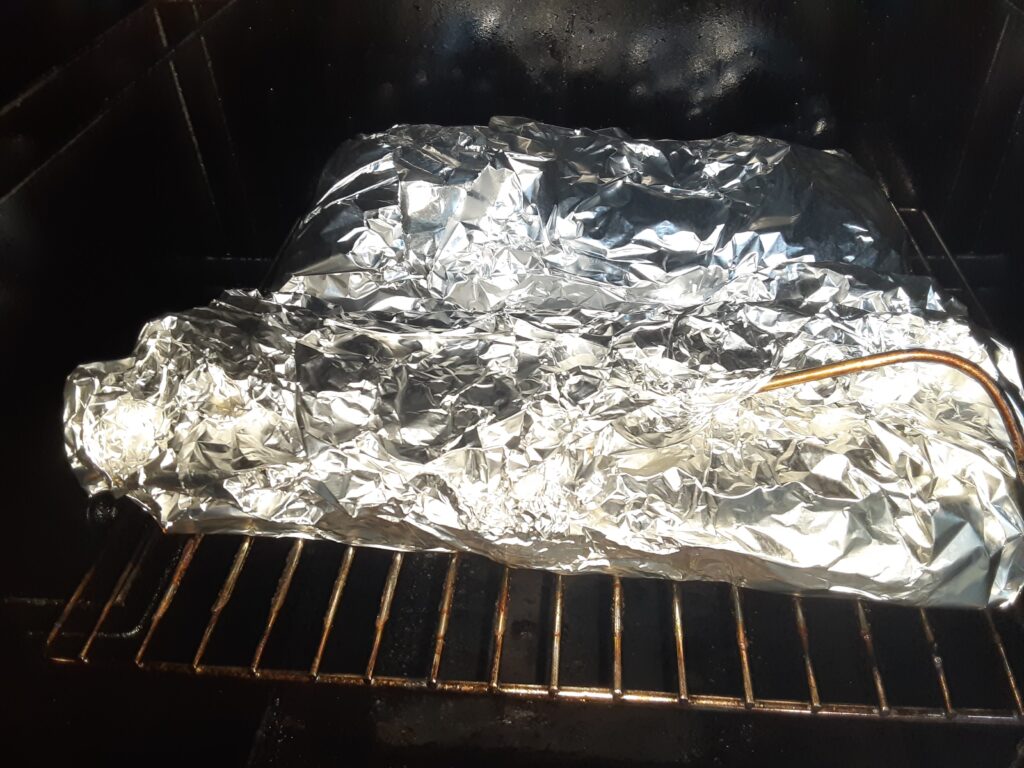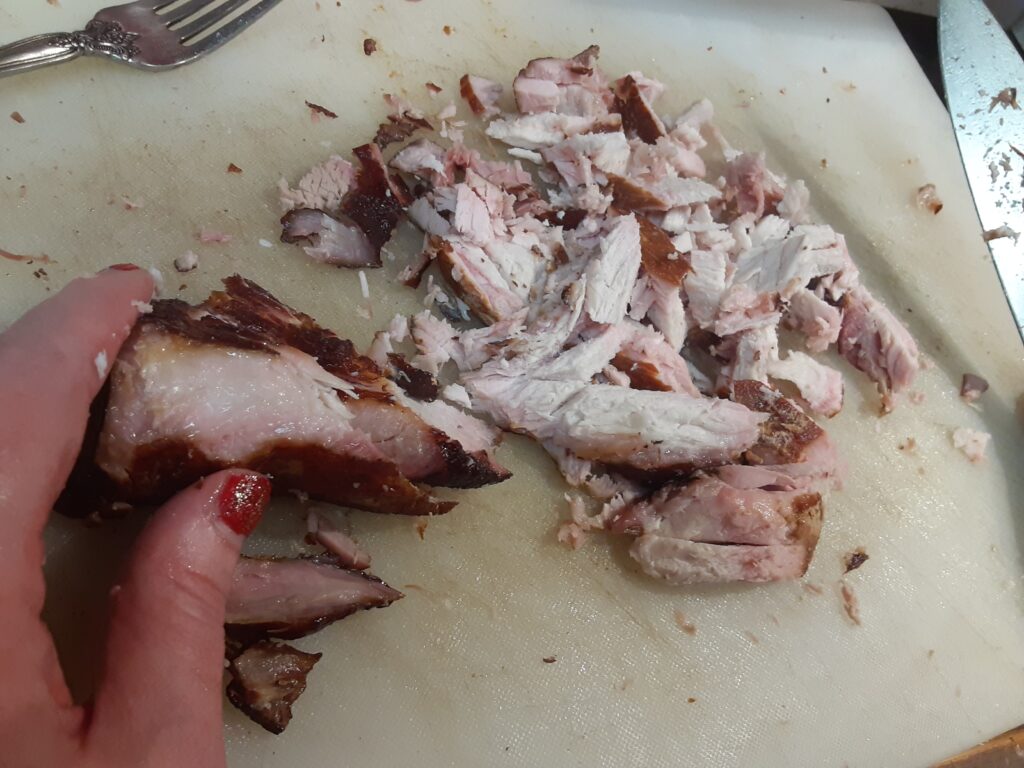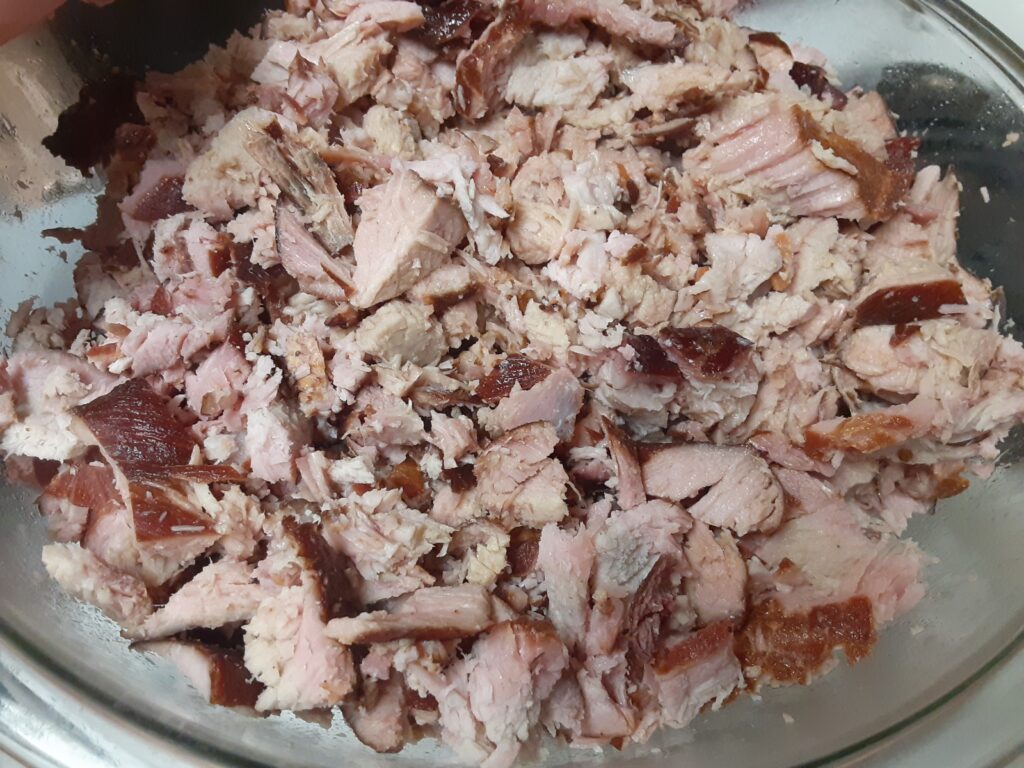Smoking Pork
I have to admit that low and slow smoked meats are one of our favorite meals. They take a lot of time and effort to smoke properly so they are a great meal for the occasions where you have a couple of free days to do it. We try to make at least three good pulled pork or beef brisket meals throughout the year so they do become a special treat when we have them. Smoked pulled pork or beef are hard meals to beat if you do them right as they can definitely become shoe leather if they are not smoked or cooked properly. There are many things that must be done in order to make your meal remotely chewable so definitely do your research beforehand and plan to spend six or more hours smoking it along with some prep and marinating time the day or more before depending on the thickness of the meat.
To start with you will need to decide what meat, seasonings, and wood you will use after you find a free day to start smoking. I use a propane smoker as it is convenient and it is easy to keep the temperatures up during cold weather. Meat selection generally includes pork or beef, however wild game can also be used just as well by using alder or vine maple chips instead of the usual woods. I use hickory for beef and cheeses, apple for pork, and an alder/maple mix for fish and wild game. That is our personal preferences as those seem to compliment the various meats we smoke regularly. Your tastes may be different so make some small experimental sized batches just to see what you like or don’t like as it is well worth the effort later.
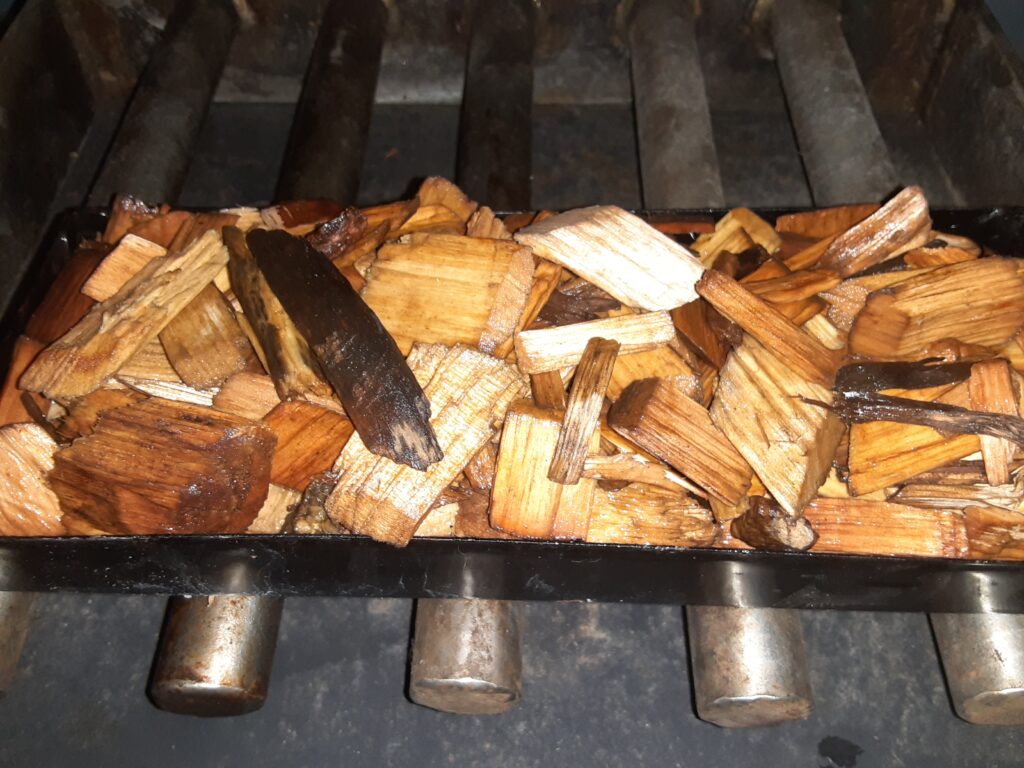
The cut of meat does not matter as much for this process and we try to use pork loins when they are on sale. The leaner cuts of meat have a tendency to dry out so have some apple juice on hand to spritz or baste them with. I trim all the gristle off of the meat whenever possible and the bigger pieces of fat. The fat does help keep the meat moist during the smoking process so don’t go too crazy with trimming it all off. This isn’t necessary, but I have found that the smoke penetrates the meat way better when the gristle has been trimmed off.
We use a dry rub for both pork and beef and let it sit for a minimum of 24 hours before smoking depending on the meat thickness. There are plenty of dry rub options out there to choose from although it is very easy to make and customize your own to your liking. For pork I use a rub consisting of 2 tablespoons salt, ½ cup brown sugar, 1 tablespoon smoked paprika, 1 table spoon chipotle powder, and ½ tablespoon of black pepper and scale for size as needed. You can also add a tablespoon of chili powder for extra spiciness if you want to. Liberally coat the meat with the dry rub and let it rest for at least 24 hours. You can also vacuum pack it to help the process too, which is what we do when the meat is small enough to bag.
Start preheating your smoker with the chips to 250° while you prepare your pork to place on the smoker racks. Lightly rinse off the excess rub as it will turn the meat very salty if you leave the heavy amounts of it on there. Be careful not to wash all of it off and make your final product very bland. Spray the racks with cooking spray to make the cleanup easier and place the meat onto the racks and space it so that the smoke and heat will evenly flow around it. Place the racks into the smoke once it reaches temperature and a heavy smoke is rolling out. Keep a heavy smoke going and use the vents to adjust the heat if needed for at least and hour. Be sure to keep enough chips soaked to reload the chip tray several times as you do not want to run out part way through the smoking.
Pork and some other meats dry out in a long and slow smoking so start basting or spritzing the pork after an hour or so. Pork Loin is a leaner cut of meat so it dries out faster than others. This will help keep it moist and also add a nice glaze to it. I flip the pieces over several times to baste both sides. Keep doing this as needed until the pork reaches an internal temperature of 180°. A remote thermometer is definitely a must have if you plan on doing a lot of smoking as it saves a lot of time and hassle. A dual temperature wireless thermometer is the absolute best way to go as you can sit inside a nice warm house and still check the smoker and meat temperatures. It is extremely important to keep the smoker below 250° to keep from drying out or burning the meat. This is a long, time-consuming process so have patience, no matter how good it is starting to smell. A good quality smoked meat cannot be rushed.
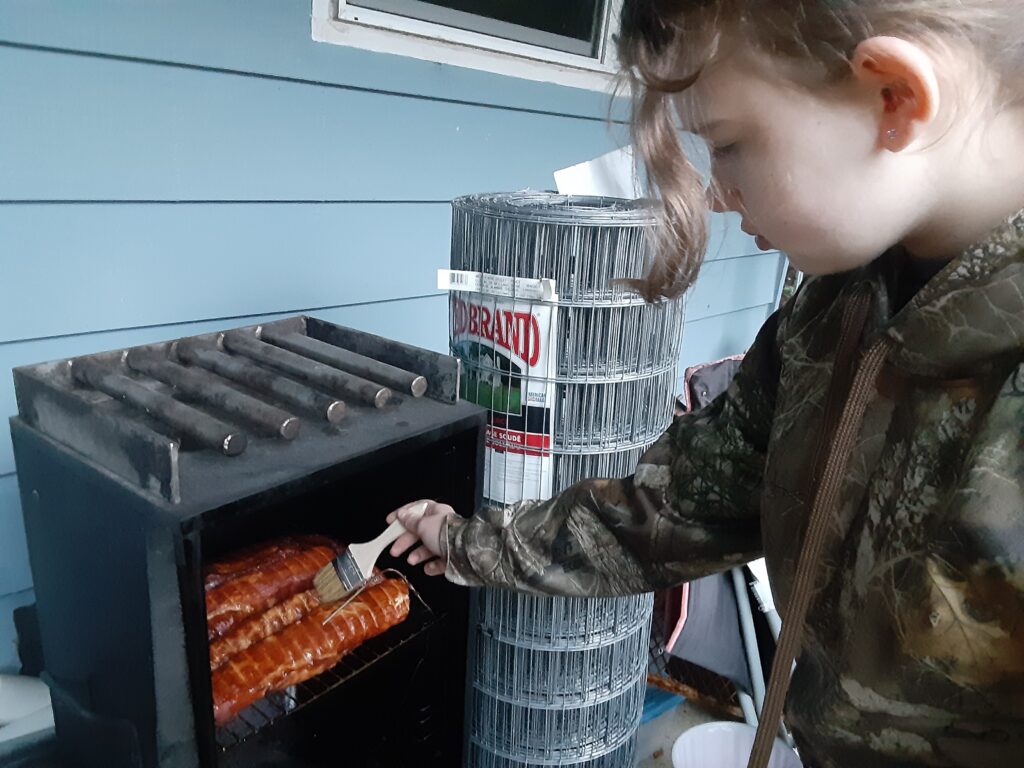
Warm some apple juice up and mix in some of your dry rub or other seasonings when the meat gets close to 180° as you will need to remoisten the pork before you finish the cooking process. Pork is done at 180°, but it will not pull apart until it gets to 205° so you will need to add the apple juice to prevent it from drying out after all those hours in the smoker. Once the meat hits 180° wrap it in aluminum foil and add about an inch of apple juice to it before folding it over to seal it. I double wrap mine for extra assurance to keep it from leaking, which defeats all the effort you just put into it. After wrapping it place it back in the smoker at 250° and impatiently wait until the internal meat temperature reaches 205°. You can check the apple juice level after a while and add more if needed. After you’ve done a few of them you will eventually get the feel of how much stuff to add, but until then make sure you check it at least once.
Once the meat reaches 205° you can shut the heat off and begin letting the meat rest for at least fifteen minutes to allow it to fully soak up all the juices. This is where your due diligence in adding the right amount of apple juice really pays off big time. Making one-pound experimental batches really helps in learning which spices and wood smoke you like best along with learning how much juice to add when you wrap it. I usually make larger batches so we can vacuum pack meal-sized portions for some easy, delicious dinners later.
